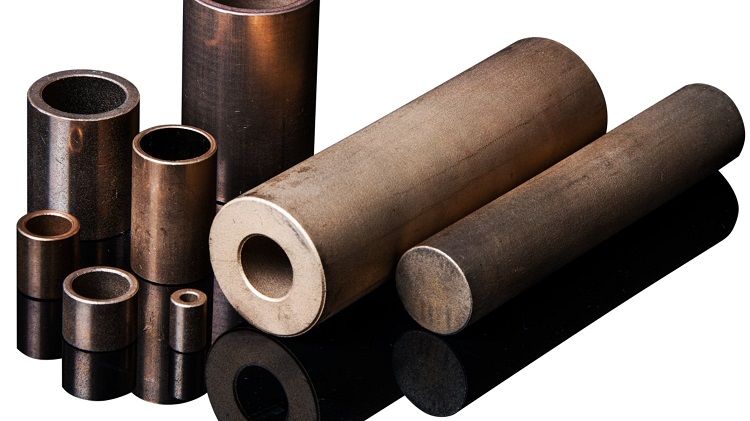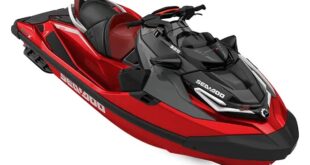Bronze alloy metallic, it is more than just one type of metal- through innovation and research, there is no denying the fact it has at present now become an invaluable class of copper alloys which are known to offer unique material properties.
With a number of types of bronze in a provider’s stock, and this by the way can pose a fantastic: which bronze is the best fit for your application? This article will help you gather all the information about Manganese bronze alloy.
Physical Properties of Manganese Bronze
Mentioned Below is a quantitative breakdown of a specific manganese bronze (UNS C86300 alloy), to offer a clear picture of alloying elements keeping in mind the weight:
60 – 68 % Copper
25 % Zinc
3.0 – 7.5 % Aluminum
2.5 – 5.0 % Manganese
2.0 – 4.0 % Iron
≤ 0.20 % Tin
Some amount of lead may also be present, but manganese bronze always has a high amount of zinc and a relatively small amount of manganese and tin (for this reason it is sometimes referred to as a form of brass, but there is much overlap). The density of manganese bronze is around 7.7 g/cm3, and it is a yellow-brown brass color that patinas with age. Most alloys designated as manganese bronzes are non-heat treatable but are exceptionally strong despite not responding to strengthening procedures. It is non-magnetic and has around 80% of the electrical conductivity of pure copper, as well as being corrosion and wear-resistant. It is difficult to braze, solder, oxy acetylene weld, gas shield arc weld, and carbon arc weld, but can be coated-metal arc welded. It is generally difficult to machine but can be leaded to respond better to machining stresses.
Resistances and weaknesses
Manganese bronze is most of the times specified over other bronzes for its exceptional longevity. It can withstand wear and corrosion better than most other bronzes thanks to its added manganese, and while not heat treatable, it boasts an impressive strength profile. It is resistant to seawater corrosion (though less so than silicon bronzes), and is both hot forgeable and castable, if desired. Its main disadvantage is its price tag, as it is one of the more complex bronzes to fabricate. Also, it must be reliably lubricated to work optimally, as abrasive conditions will weaken the alloy’s integrity.
Manganese bronze is primarily specified for its strength, and this claim is supported by its tensile yield strength. This parameter describes how much stress it takes to permanently deform, or “yield”, a specimen of material in tension, but in practice, it is often used as a measure of how strong a material is. Manganese bronze has an impressive yield strength of 460 MPa, which surpasses some aluminum alloys and even some low-carbon steels. This strength combined with its corrosion resistance gives manganese an advantage over traditional alloys and allows it to function in more applications as a result.
The modulus of elasticity describes a material’s internal strength and how likely it will return to its original shape under increasing stress. It is a counterintuitive value because, as the modulus of elasticity of a material increases, its stretchiness decreases- that is, the material will retain its shape even if pulled, pushed, or bent. Manganese bronze has a decently high elastic modulus of 105 GPa, making it half as resistant to deformation as most steels, but also more formable as a result. While manganese bronze is difficult to weld, it can be formed and manipulated into shape, reducing the need for joining and machining.
Key Takeaways
These are some of the factors you need to consider when it comes to manganese bronze alloy.
 HammBurg Be informed with latest news, reviews, entertainment, lifestyle tips, and much more.
HammBurg Be informed with latest news, reviews, entertainment, lifestyle tips, and much more.




